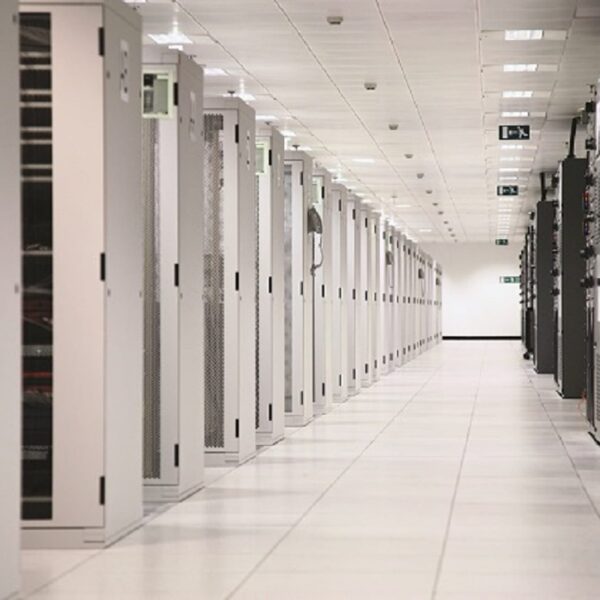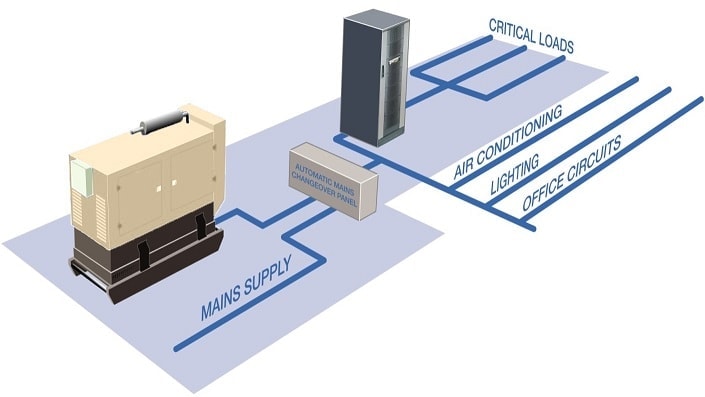The Internet of Things (IoT) is gaining traction at an accelerating pace; Gartner[i] has predicted 26 billion connected devices by 2020, while others are calling even higher numbers. Since the IoT needs large-scale computing resources to handle the data generated by these devices, its predicted fast growth will inevitably impact data centres – but what exactly can we expect?
Some answers present themselves if we look at why the IoT is growing so rapidly, and then at the key components of any IoT implementation, irrespective of its application.
Nature of the IoT
The IoT is popular because of the new levels of insight it can provide into the world about us, and particularly on processes that we need to monitor and control. In industry, this can mean large numbers of sensors embedded in machines that can spot latent problems, allowing maintenance action to be taken before they become failures. In cities, traffic monitoring sensors deployed across the entire road network can allow traffic lights to be managed on a city-wide basis, improving traffic flow, reducing congestion and pollution. At a personal level, biosensors[ii] can monitor patients’ conditions, giving doctors access to continuous, actionable biometric information without needing to visit the patient.
These scenarios rely on large numbers of widely-distributed sensors sending high volumes of data through a cabled, cellular or long-range wireless Internet pathway to a centralised, powerful computing resource. Sophisticated analytical software can spot non-obvious correlations and provide insights not previously available.
Devolved data centres
This high volume, widely geographically distributed data means that the ‘centralised’ computing resource may need to be partially devolved to smaller data centres, nearer to where the data is being generated. This will reduce latency and ease loading on the truly central computing facility. The trend has established a demand for micro data centres – a market expected to grow by almost 30% a year[iii].
Such facilities, which may be referred to as server rooms as well as micro data centres, need equipping with suitably-scaled ICT and support hardware, including UPSs. KOHLER Uninterruptible Power’s PW 5000/TP family provides an example of the smaller-scale solutions available; capacities start from 10kVA, but range up to 50kVA. Further capacity can be added simply by paralleling up to 20 units. Like their higher-capacity equivalents for full-scale data centres, these UPSs provide a low carbon footprint. They operate with high efficiencies of up to 95.5% at both rated and partial loads, with a near-unity 0.99 power factor.
The units are highly reliable, as they incorporate redundant critical circuits (RCCs) which duplicate all the UPS’s critical circuits and components; eliminating single points of failure. Further reliability, in the form of N+1 redundancy, can be provided by their paralleling capability. Meanwhile, a single 50kVA unit has a small footprint of 0.4m2, allowing significant space savings within small data centres.
As the IoT expands, so will its possibilities for both benefits and threats. While implementations bring better insight, control and efficiency as described, the growing issue of cyber security needs to be taken seriously. Efforts towards standardisation must continue, although this is no easy task as the IoT is a loose confederation of so many different technologies.
One thing is certain though; As edge sensors continue to proliferate, so will the need for small, robust data centres nearby, that adapt nimbly to rapidly-changing sensor numbers. These data centres in turn will be relying on the availability of equally compact, scalable and robust solutions, including the ICT equipment and the UPS systems supporting it.
References:
[ii] https://www.iothub.com.au/news/biosensors-evolve-the-internet-of-you-409543
[iii] https://it-online.co.za/2016/10/26/iot-drives-new-data-centre-architectures/




